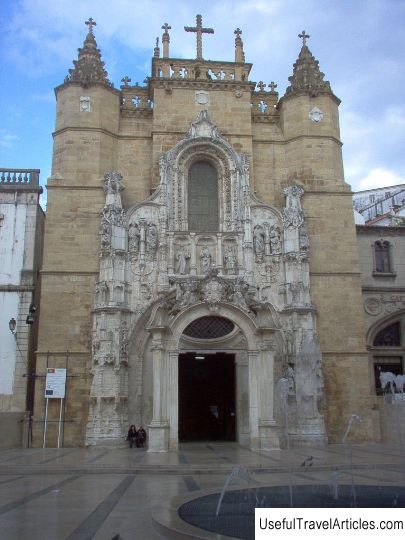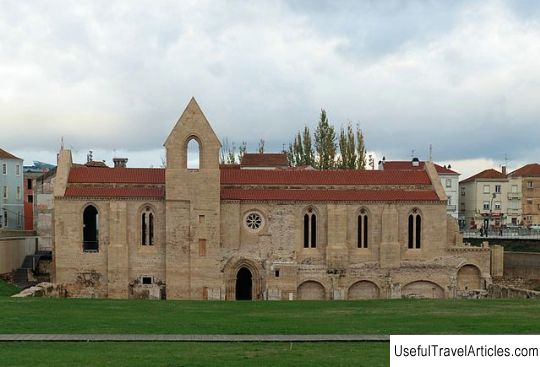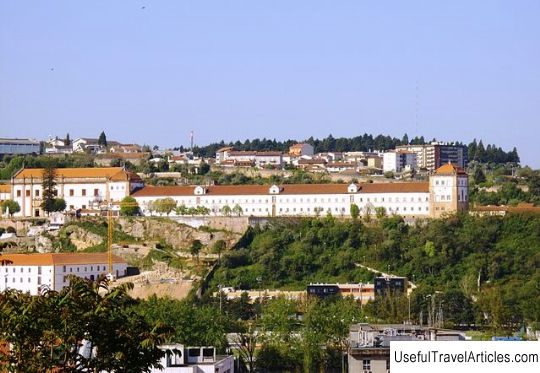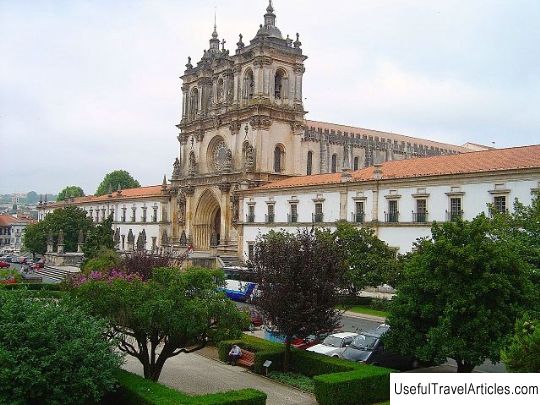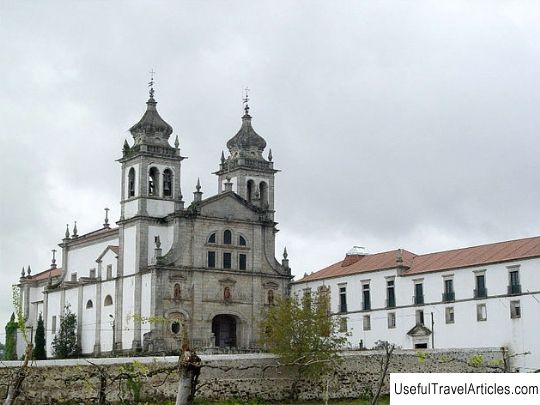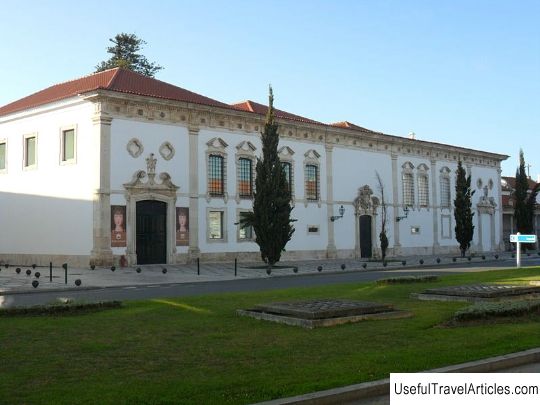Monastery of the Holy Cross (Mosteiro de Santa Cruz) description and photos - Portugal: Coimbra
Rating: 8,6/10 (694 votes) Monastery of the Holy Cross (Mosteiro de Santa Cruz) description and photos - Portugal: Coimbra. Detailed information about the attraction. Description, photographs and a map showing the nearest significant objects. The title in English is Mosteiro de Santa Cruz. Photo and descriptionThe Monastery of the Holy Cross, better known today as the Church of the Holy Cross, is a national monument of the city of Coimbra. The temple is also called the national pantheon due to the fact that it contains the graves of the first two kings of Portugal. The monastery was founded in 1131 outside the city's defensive walls. This time is considered the birth of the monarchy in Portugal, and the monastery was the most important religious institution. Saint Theotonius founded here a community of Augustinian canons and became the first abbot of their monastery. The monastery itself and the church were built between 1132 and 1223. The monastery was granted papal privileges and royal awards, which allowed the monastery to become very wealthy and significantly strengthen its position in the cultural and political life of Portugal. The monastery had a school and an extensive library. The school was highly regarded and very often a meeting place for scholars, priests and government officials. King Afonso Henriques was buried in the monastery. Today, almost nothing has survived from the monastery, built in the Romanesque style. It is only known that there was one nave inside, and the facade was decorated with a high tower, which was typical of Romanesque structures, but none of these elements survived. In the first half of the 16th century, the monastery was completely rebuilt by order of King Manuel, who took great care of the monastery. In 1530, the tombs of King Afonso Henriques and his successor, King Sancho I, were moved to the main chapel of the monastery church, where they are today, and the entire monastery complex and the church were reconstructed and redeveloped. The sketch for the Manueline church and chapter building was made by the architect Diogo Boitas. His work was continued by Marco Pires, who completed the construction of the church, the chapel of San Miguel and the gallery of Silence. The main portal, built between 1522 and 1525 and combining Manueline and Renaissance architecture, is considered the most prominent element of this ensemble.      We also recommend reading Omeriye Mosque description and photos - Cyprus: Nicosia Topic: Monastery of the Holy Cross (Mosteiro de Santa Cruz) description and photos - Portugal: Coimbra. |
